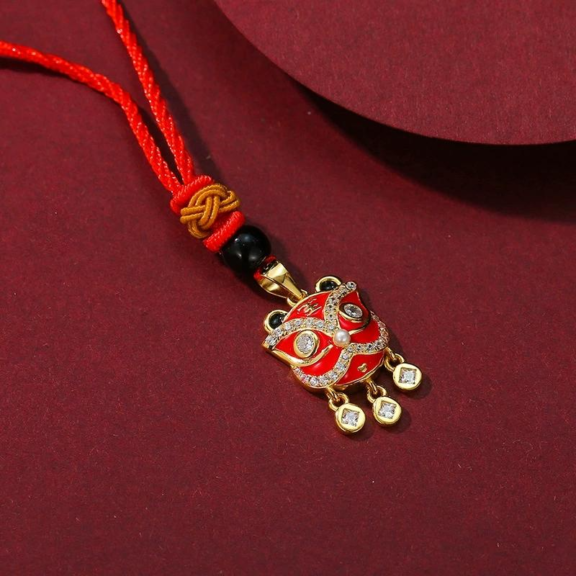。
# Shenzhen Uncovered: Your Ultimate Travel Guide to China’s Tech Metropolis
Welcome to Shenzhen: The Silicon Valley of China
Shenzhen, often referred to as China’s Silicon Valley, is a bustling metropolis that seamlessly blends cutting-edge technology with rich cultural heritage. Whether you’re a tech enthusiast, a history buff, or a foodie, Shenzhen has something for everyone. This guide will take you through the must-see attractions, hidden gems, and practical tips to make your trip unforgettable.
Getting to Shenzhen
Shenzhen is well-connected by air, rail, and road. The city is served by Shenzhen Bao’an International Airport, which offers numerous domestic and international flights. High-speed trains from major cities like Guangzhou and Hong Kong make it easy to reach Shenzhen. Once in the city, the efficient metro system and taxis are your best bet for getting around.
Top Attractions in Shenzhen
Window of the World
One of Shenzhen’s most famous attractions, Window of the World, is a theme park that features miniature replicas of famous landmarks from around the globe. From the Eiffel Tower to the Taj Mahal, you can explore the world in a single day.
Splendid China Folk Village
Adjacent to Window of the World, Splendid China Folk Village offers a deep dive into Chinese culture and history. The park is divided into two sections: one showcasing miniature replicas of China’s most famous landmarks and the other featuring live performances and traditional crafts.
Dameisha Beach
For a break from the urban hustle, head to Dameisha Beach. This popular spot offers golden sands, clear waters, and a range of water sports. It’s the perfect place to relax and soak up the sun.
Tech and Innovation
Shenzhen is synonymous with technology and innovation. A visit to Huaqiangbei, the world’s largest electronics market, is a must for tech enthusiasts. Here, you can find everything from the latest gadgets to rare electronic components. Don’t forget to check out the Shenzhen Museum of Contemporary Art and Planning, which offers insights into the city’s rapid development.
Food and Dining
Shenzhen’s culinary scene is as diverse as its population. From street food to fine dining, the city offers a plethora of options. Be sure to try local delicacies like Cantonese dim sum, seafood, and Chaozhou cuisine. Dongmen Pedestrian Street is a great place to sample a variety of dishes.
Practical Tips
- Language: While Mandarin is widely spoken, learning a few basic Cantonese phrases can be helpful.
- Currency: The local currency is the Chinese Yuan (CNY). Credit cards are widely accepted, but it’s always good to have some cash on hand.
- Best Time to Visit: The best time to visit Shenzhen is during the spring (March to May) and autumn (September to November) when the weather is pleasant.
- Transportation: The Shenzhen Metro is efficient and covers most of the city. Taxis and ride-hailing apps are also readily available.
Conclusion
Shenzhen is a city of contrasts, where ancient traditions meet modern innovation. Whether you’re exploring its tech hubs, relaxing on its beaches, or indulging in its culinary delights, Shenzhen promises an unforgettable experience. Use this guide to make the
Keyword: Shenzhen Travel Guide

